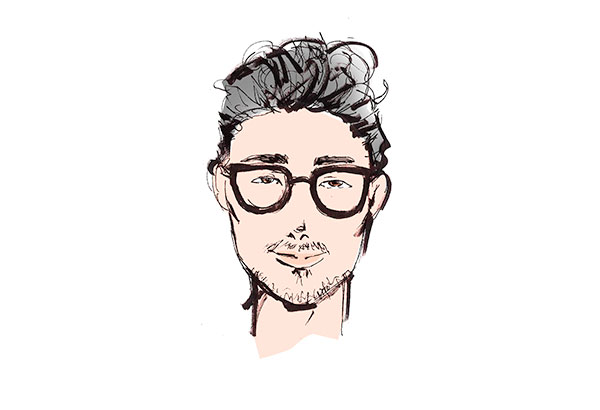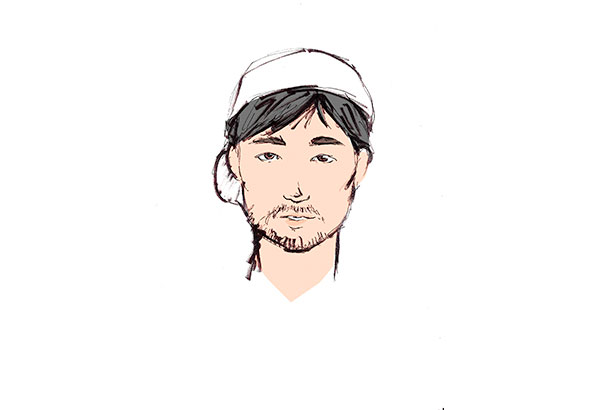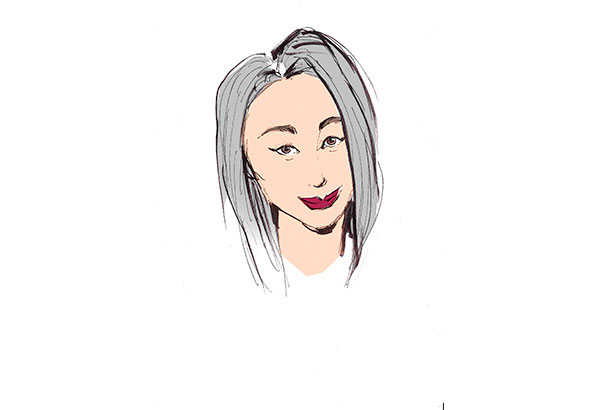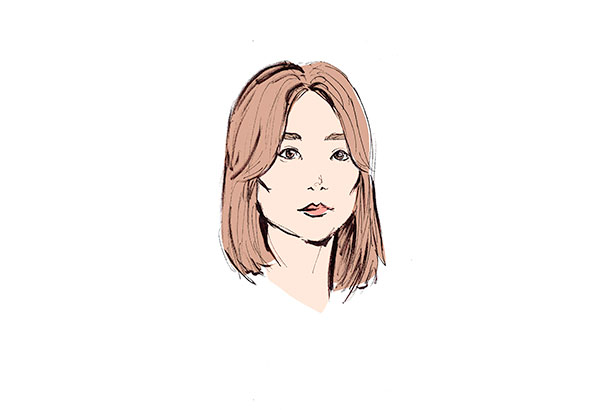A career in FASHION?
MANILA, Philippines - It’s 2014. A career in fashion is real, actual work, and not just a hobby that your parents think you’ll outgrow in a few years. There are legitimate job titles to be earned, real influence to be wielded, actual money to be made. However, it’s not as straightforward, as getting a degree, doing the interview process push-and-pull, and then parking yourself behind a desk from 9 a.m. to p.m. everyday—fashion is a billion dollar industry, and there are doors to it everywhere you turn. Here, five people share how they pushed those doors wide open and made a career out of something they love.
PUBLISHING
DARYL CHANG
Fashion Director, Preview
The job. “Actually, I wanted to work for Vogue Australia. I wanted to move to Australia but I didn’t have a strong portfolio so I said I should work and improve my portfolio before moving. So if I should learn, I should learn from the best. That’s why I wanted to work under Liz Uy. So that’s why I applied to Preview.”
The application process. “I remember Myrza Sison, when she interviewed me for the job, asked ‘What are you going to bring into the magazine?’ And during that time, Liz (Uy) was still there. And I said, ‘Oh, I’m sure I’m going to bring in my personality’ because Liz is feminine while I’m the complete opposite. I’m the rock ‘n’ roll chick, I’m like the person that will bring a bit of grit to the glam of Preview.”
Editor vs stylist. “A stylist works physically with clothes and how it will look worn, basically creating ‘a look.’ This may or may not include hair, makeup and accessories. A fashion editor edits the fashion pages of the magazine and produces stories through writing and shooting fashion material, i.e. product picks, fashion editorials. A fashion editor can also be a stylist but a stylist cannot necessarily be a fashion editor.”
Do research. “For styling, look at the runways, always. I always get the collection compilations, plus it comes with interviews. So I go through this methodically and look at each look and look at how they pair things and what color goes with what for the season. You might think it’s easy, but it’s actually not — for you to be relevant and for your look not to be dated, it has to be refreshed every season because there’s always new ways to style a sweater. I’m not just talking about magazine-speak; I mean, there’s always a new way to style a sweater.”
PUBLIC RELATIONS
MANO LOTHO
PR officer, H&F
The job. “I’d like to cite my case as a strong argument for: Job Title as Tip of the Iceberg. The actual work involves the pushing of several multifaceted projects up a hill. All while making sure that they get there on time, on standard, and more or less, within a prescribed budget. The work, which is always mapless and always from the ground up, can range from creating a charity-centric campaign that’s aimed at a wide audience to collaborating with an artist to create a sculpture meant for only a select group of people.”
On who to be: “In our case, it’s not so much embodying the brand (there’s so many) as much as it is speaking the corporate language. It is very important though to know the brand you’re working for and understanding that you’re an extension of it. “
Beyond the paper. “In hiring someone, I basically take the traditional résumés, put them in a pile, and disregard them. I find that it is absolutely necessary to find someone who isn’t just their résumé, because they’ll eventually become someone who isn’t just their job description. I think that’s also precisely the reason I was hired. You can’t just be and do what people expect.”
On how people see his job. “Cream rises to the top only because it is less dense. The majority, the density of what we do has nothing to do with what’s on the surface.”
And advice. “To myself, buy more Raf Simons. To others, find a better reason than ‘I want it.’”
FASHION DESIGN
MARTIN BAUTISTA
Fashion designer
What I actually do: “Basically my job is to create custom-made clothes for a woman. I usually present two to three design studies to a client, including what fabric to use, etc. Then if approved, get the client’s measurements; then I order the fabrics from my supplier, but sometimes I prefer going to the fabric store myself. Then we start the pattern, cut the fabric, endorse the product to my sewers (normally if it’s a new kind of pattern/technique, I do it myself then let them continue it, but for more traditional pieces or designs my sewers are used to, they do it themselves; I just supervise). Then fitting of the actual garment with the client, usually there are two to three fittings, sometimes just once — it depends — until the fit is perfect.”
From runway to reality. “Since I was little, it was very clear to me that I wanted to become a fashion designer. I remember watching CNN Style with Elsa Klensch — it was a runway report on Versace spring-summer 2000, I think. Then a few weeks later, I saw the dress from the collection on Jennifer Lopez at the Grammys. Then I thought ‘Oooh, so this is what they call Runway to Reality.’”
On finding his signature aesthetic: “It was just so natural for me that I was obsessed with draping since I was kid (curtain drapes to be specific, or playing around with bed sheets), everything just fell in to place. I was so obsessed with strong and powerful women, and that’s how I think women should be. Always in control, true to their style, original and confident.”
Mantra. “Never forget to enjoy what you are doing and why you are doing this job.”
STYLING
ADRIANNE CONCEPCION
Celebrity Stylist
Respect the work. “Styling is a career, and it is our responsibility to push for all measures needed to keep it as professional and well-managed for all our clients and for the entire style industry as a whole. Styling isn’t just a hobby. It’s a business.”
What I do: “For editorials, I do sourcing, pulling-out, booking the team, booking location, developing a story, executing the editorial, post-prod editing, layout, credits, copy writing. Advertising work entails a whole lot of collaboration with many creatives. It may at times be challenging given the usually very short time frame and corporate expectations, but it’s always a treat — pre-prod and feasibility meetings, sourcing and buying made-to-order designs all subject to the approval of the client, photo/TVC shoots may take time, even days. Celebrity styling involves talking with the client and taking into consideration requests, coordinating with designers, pulling out, personal styling.”
Take the bad with the good. “When I was interning for Garage back in my junior year of university, I learned that bags of sweat, endless walking, hours of waiting, and loads of arm work are the basic skills in this job. If you can’t deal with the tear-inducing labor, then you don’t deserve the glamorous ‘perks’ that it will eventually pay off, hopefully. “
Build your foundation. “If you’re starting, editorial work is the most important. Not everyone is given the opportunity to be published. It is an affirmation of your capabilities as a stylist as it is an execution of your own vision and style. To have a byline is to have a calling card for thousands to see. Among all the styling fields, editorial pays the least but I must say that it is the most rewarding as the pictures and your published byline establishes your mark in the industry.”
Make it happen. “Efficiency is key. Get the work done, regardless of the circumstances. There are millions ready to do it in your place.”
RETAIL
TINAY VILLAMIEL
Creative Director, Bleach
The job. “I’m the creative director of a lifestyle brand. It’s a family business. We’re in the garments industry — T-shirt manufacturing — we specialize in silk-screen and printing. I work with production in the factory. I do the textiles, I do the graphic design — like the pool of graphic designers. I’m very, very much involved in designing our interior spaces. We have carpentry so I deal with the painters also.”
A different start. “I worked actually backwards. I started with Visual Arts. I had zero knowledge about fashion so I had to learn fashion. When we first opened the store, we’re grateful that someone noticed us: a few critics and fashion writers, some lifestyle bloggers. Yun nga, I started reading their blogs, I started reading all their features about us and how they reviewed us. So that’s how we sort of followed or tried to research.”
Finding your market. “We made very artsy prints. The clothes, the silhouettes — they weren’t normal, they weren’t seen in a local market, the mainstream. In short, very niche. So we had to revamp (from Bleach Catastrophe to Bleach) upon suggestions of friends and upon going around... like seeing boutique lifestyle shops that offer different home products (you realize that) it’s something you could also do. We tried to inject like a few pillows, a few placemats and they worked naman. I thought that maybe if we capitalize on the home decor and then complement it with the clothing line, I think it would work.”
On finding direction: “(Mentors are) very important because they help you in terms of how you grow, yung direction, where you want to go. Parang, ine-expose ka nila sa world na ‘to yung mentor na yun. Tapos binibigyan ka niya ng maraming options and then you decide where to go. Kasi yung talent, diyan naman na yan. Mentors lang for direction talaga.” Art by MAURA RODRIGUEZ















